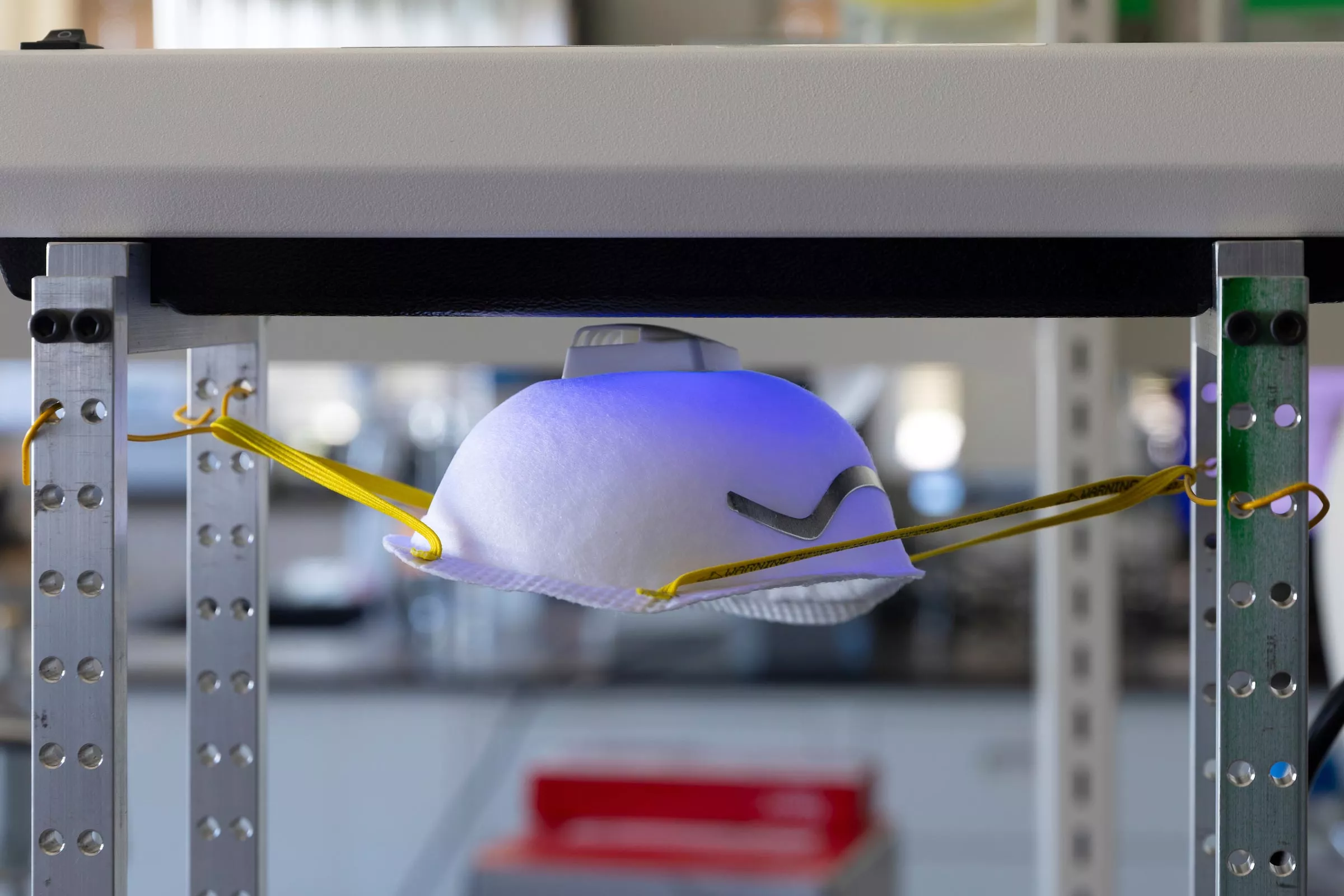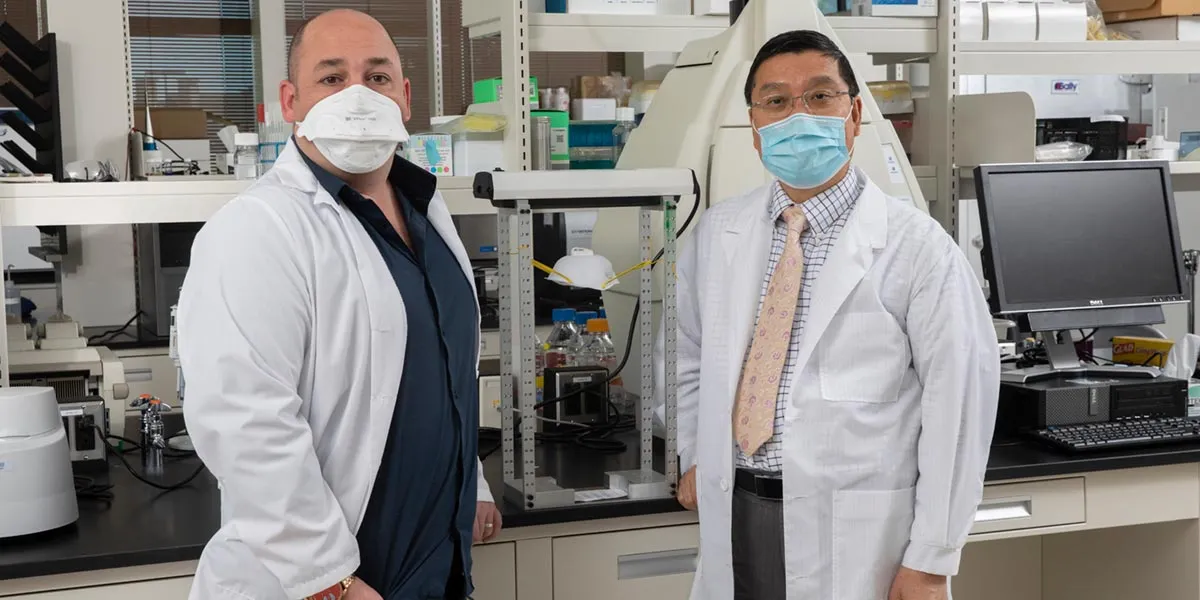When the covid-19 pandemic occurs in early 2020, ultraviolet (UV) radiation becomes one of the preferred methods to prevent the spread of sars-cov-2 virus, as well as masks, hand sanitizers and social distance. One problem is that few studies have shown how many doses of ultraviolet light can kill the virus. How many wavelengths are used? How long does it last? Can UV systems be installed in public places such as airports, bus stations, railway stations and shops without long-term harm to people?

In a newly published study, scientists from the Thomas J. Watson School of engineering and Applied Sciences at Binghamton University answered many of these questions and laid the foundation for health standards on what can provide true disinfection.
This paper, entitled "systematic evaluation and modeling of sars-cov-2 UVC disinfection", was published in the scientific report by Professor Kaiming ye, head of Biomedical Engineering Department, guy German, associate professor of BME, Sha Jin, Professor of BME, and Sebastian Freeman, doctoral student Written by Dr. Zachary Lipsky, 21, and Karen kibler of the Institute of biological design at Arizona State University.
The idea of this study came from the shortage of personal protective equipment (PPE) in the early stage of the pandemic, which inspired the staff of Ye, Germany and Binghamton University to quickly establish ultraviolet disinfection stations for hospitals in the region so that n-95 masks and other items can be reused.
"There are a lot of studies in the scientific literature on UV dose, but they are not in a systematic way. When we started this project, there were really no data or experiments because the pandemic happened very quickly," ye said.
It is understood that ye and German received funds to study their problems through the 2020 medium-term grant of US $182728 provided by the National Science Foundation. The Binghamton University team added retroviruses similar to sars-cov-2 to three different media (a cell culture medium, water and artificially reconstituted human saliva) and exposed them to ultraviolet light at three different wavelengths. Ultraviolet rays kill viruses and other microorganisms by destroying their DNA and RNA, which are organic parts of life.

"Disinfection efficiency is largely affected by the medium in which the virus resides. When the virus is suspended in saliva, water and cell culture medium, we use the same dose, the same light intensity and the same wavelength, but the efficiency is completely different," ye said
In the research process, the best results come from the range of 260 to 280 nm, which is very common in LED ultraviolet lamps. Wavelengths below 260 nm can only be deployed in uninhabited space because they can damage human skin and eyes.
"Many companies claim that their products can be completely disinfected and completely safe. However, in this article, we proved that both far ultraviolet (222 nm) and ordinary ultraviolet (254 nm) reduce the mechanical integrity of the cuticle on the surface of the skin and lead to a higher possibility of cracking. This means that annoying bacteria and other microorganisms can enter and possibly infect your skin," German Explained.
According to the research results, ye and German designed a set of LED light disinfection system with less damage to human skin. Right now, they are doing additional tests and then planning to patent it.
In addition, the Binghamton University team also found that two amino acids (L-tryptophan and L-tyrosine) and a vitamin (nicotinamide) are strong absorbers of ultraviolet rays. If ultraviolet disinfection becomes more common in public places, this discovery may lead to lotions that block contact and prevent skin damage.
Ye believes that the most important part of this study is that it provides a scientific basis for standardizing and standardizing the statements of manufacturers of UV disinfection equipment. "The system we came up with can be a model for anyone who wants to standardize the dose. That's how to determine how to use UV to eradicate sars-cov-2 -- and maybe sars-cov-3, sars-cov-4, sars-cov-5. We hope we'll never get there, but we need to be prepared."